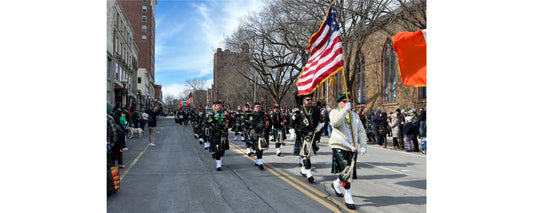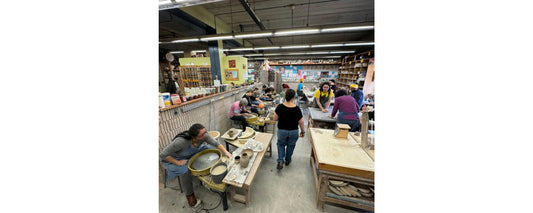For today’s story, I intended to wander the vastness of the Yale University Art Gallery and curate from its variety a kind of cross-sectional Valentine’s Day exhibit. Thematic connections between seemingly disparate objects would hiss through the air and thunk into my brain as if Cupid himself were firing the shots.
I planned to do it yesterday, in advance of the holiday. Then the gallery announced it would be closed due to snow, and, like a spurned lover, my hopes were dashed—until it occurred to me to try online dating.
Searching the gallery’s database for objects of affection was a little awkward, I’ll admit, but in the end, it worked out. For example, of the five on-view objects returned by the keyword “valentine,” none of them actually reference Saint Valentine or his holiday. One of them, however, is a perfect fit: German painter Ernst Ludwig Kirchner’s Girl in White Chemise (1914), featuring a seductive young woman in a sheer nightgown. Her fingers reach toward her coquettish smile, and her hinterland, to borrow from the painter’s native tongue, reaches up from the floor.
Such an image is bound to get people’s hearts pumping, but not Jim Dine’s North Side of the Heart (1995), whose half-anatomical, half-cartoon ticker is 100% inorganic. Images show the hefty bronze organ in the gallery’s courtyard, dangling like a locket from an industrial assemblage.
A simple engraved ring by New Haven-born metalsmith and son-of-a-regicide John Dixwell proves it’s possible to find heart in a smaller package. Be true in heart, the inscription reads, echoing a “sentimental phrase [that] appeared in religious texts as well as on betrothal rings beginning in the sixteenth century, underscoring the intertwined nature of romantic love and spiritual belief.”
The value of being true in heart is also the lesson of Undine Rising from the Waters (1880), an “exquisitely rendered” statue whose “diaphanous wet drapery is a masterful example of illusionistic carving.” Sculpted from snow-white marble by Chauncey Bradley Ives, the work draws from the mythology of an undine, or water spirit, who “gains a human form and soul by marrying the mortal knight she loves. When her husband proves unfaithful, the laws of the water spirits force her to kill him. [The sculpture] depicts the moment when the mournful Undine, cloaked in a white veil, rises like a fountain to claim her husband’s life.”
Of course, in mythology as in life, remaining faithful is no guarantee against tragedy. Peter Paul Rubens’s oil painting Hero and Leander (c. 1604), steeped in shadow, “illustrates the ancient Greek legend of Leander, who swam the Hellespont for midnight meetings with his beloved Hero, custodian of the doves and sparrows of Aphrodite. On a fatal stormy night, he perished in the waves, and the despairing Hero cast herself into the sea to join him in death.”
But love, in the end, and especially on Valentine’s Day, is cause to rejoice. Dominated by rich reds and cool blues and sprinkled with gods, a beautifully preserved Nepalese ink and watercolor illustration depicts the celebratory and opulent “Marriage Procession of Krishna’s Grandson Aniruddha.”
More viscerally rooted in love as a rite of passage is a “marriage-bed screen” made by Mubaabe weavers in Mali circa 1985. Little explanation behind the object is offered online, but one thing is clear: the 14.5-foot tapestry, comprising a symmetrical cascade of different patterns set within stripes, must be even more impressive to view in person.
And hey, now that the snow’s been plowed, we can do exactly that.
Written by Dan Mims. Images courtesy of the Yale University Art Gallery. Image 1 features Girl in White Chemise by Ernst Ludwig Kirchner. Image 2 features Undine Rising from the Waters by Chauncey Bradley Ives. Image 3 features “Marriage Procession of Krishna’s Grandson Aniruddha.”







